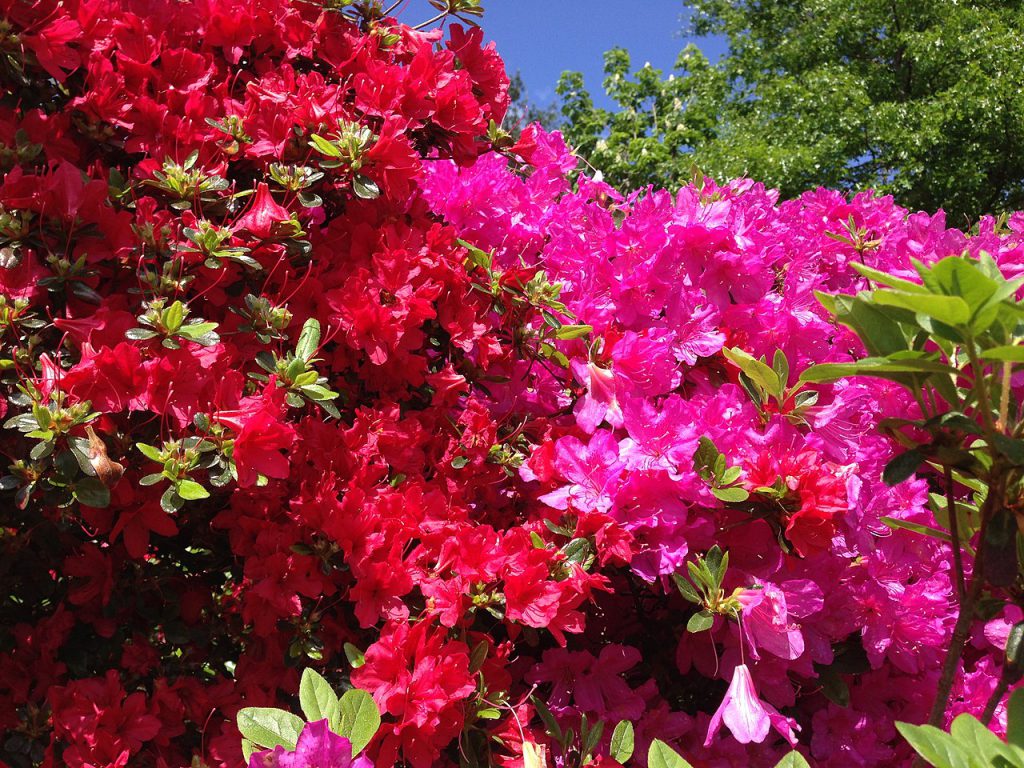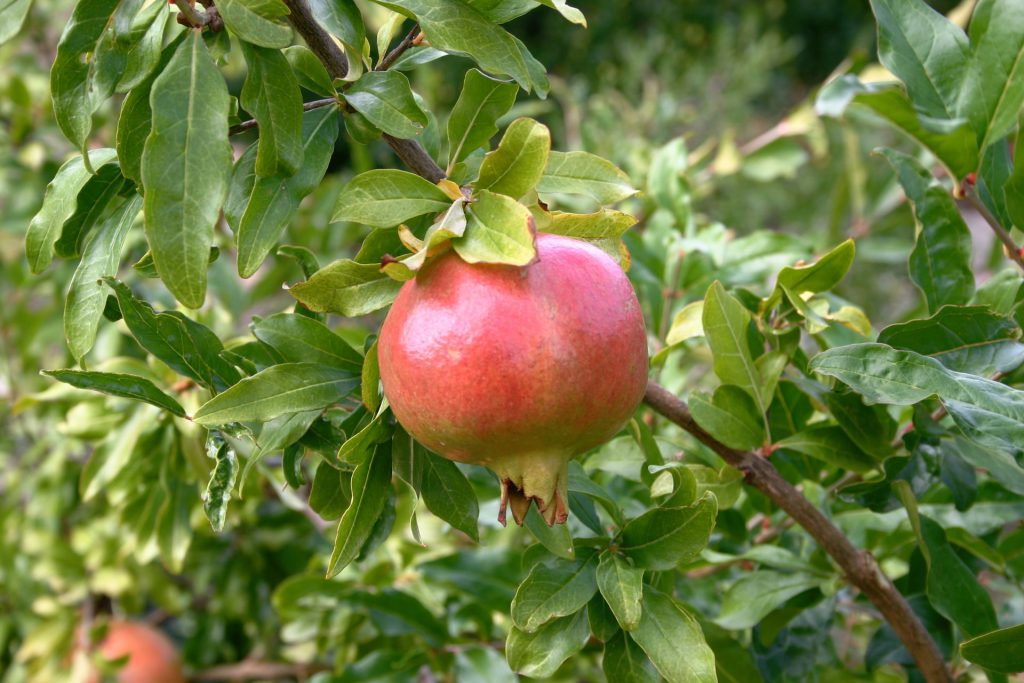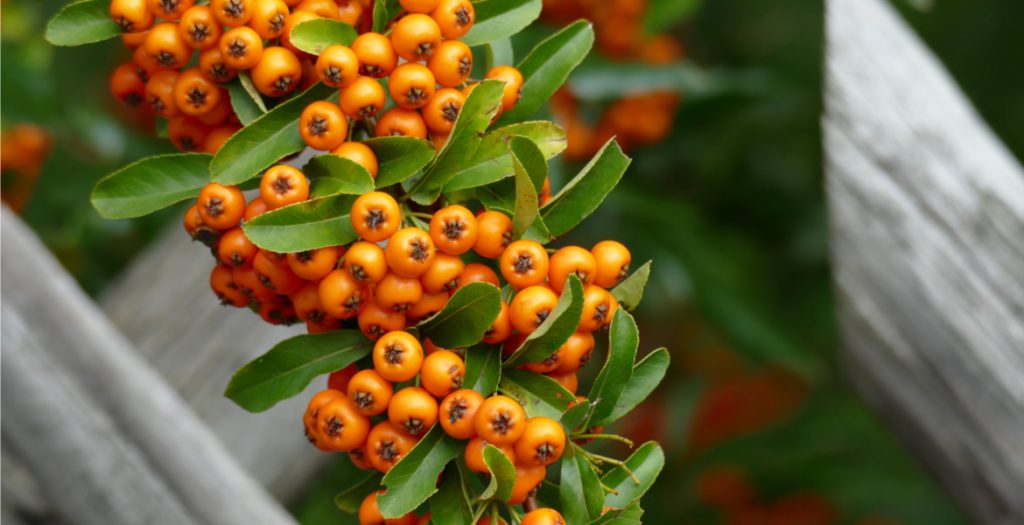Nothing is more beautiful than an azalea shrub in spring bloom. These easy-care shrubs come in so many colors it’s hard to find one that doesn’t suit your needs. Azaleas can be grown in nearly any garden, instantly adding interest and color to drab areas.
How to Grow and Care for Azaleas
Growing and caring for these shrubs is easy. That being said, there are some things to consider when adding them to the landscape.
Proper Azalea Care
To keep azaleas looking healthy, it is essential that you choose an appropriate planting location and practice proper azalea care. Azaleas actually look the most attractive when they are planted alone, however, mass plantings work well in larger areas, such as wooded sites.
Since the flower coverage on azaleas encompasses the entire shrub, placing them against a background of conifers, such as pines, or other acid-loving plants will help set off their colors while minimizing their heavy effect. These shrubs should be planted in the spring, preferably within cool, lightly shaded sites. Full sun, especially in southernmost climates, can actually burn the leaves while heavy shade can deprive them of necessary oxygen, resulting in poor blooming and weaker growth.
Best Soil for Azalea Plants
Azaleas love acidic soil. Soil should also have good drainage and good fertility with plenty of organic matter. Azaleas do best with a natural mulch such as pine bark mulch.
Azaleas have shallow roots and require well-drained, acidic soil. In poorly drained areas, azaleas should be placed in raised beds. Azaleas can make exceptional candidates for containers too.
It also helps to amend the soil with compost beforehand. To help conserve water, maintain soil temperature and discourage weeds, mulch these shrubs with pine straw or composted pine barks, and replenish annually. Organic matter added to the soil and an adequate layering of mulch will generally provide azaleas with sufficient nutrients, therefore, frequent fertilizing is often not required. However, if there are low amounts of nitrogen in the soil, applying fertilizer may be necessary in order to prevent a nutrient deficiency. Symptoms of deficiency in azaleas include stunted growth, smaller greenish yellow leaves, or early leaf drop. Fertilizing of these shrubs should take place in late spring to early fall.
How to Trim Azaleas
To maintain a more compact appearance or simply to encourage bushier growth, trim azaleas after their blooming period has expired. Taking time to trim azaleas by cutting back the branches of these shrubs will also help renew overgrown plants.
Keeping your azaleas healthy throughout the growing season with good azalea care will ensure an abundance of beautiful blooms for many springs to come.
Pruning Azaleas
Pruning is not a mandatory task with azaleas, as they show to best effect when allowed to have a slightly informal growth habit.
That said, azaleas can benefit from mild pruning that will force bushier, fuller growth. Azaleas start forming buds in summer, so the best time to prune is right after the flowers drop off in late spring.
Deadheading spent flowers will help the plant look tidier and will help direct the plant’s energy into green growth. However, it must be done carefully, as the buds for next year’s flowers are already developing just below the current flowers. It is all too easy to pinch off the future buds if you’re not careful.
Greek name: Αζαλέα.
Sources: https://www.valentine.gr/azalea_gr.php, https://www.gardeningknowhow.com/ornamental/shrubs/azalea/azaleas-noteworthy-shrubs-for-any-garden.htm, https://www.thespruce.com/how-to-care-for-azaleas-5074145





